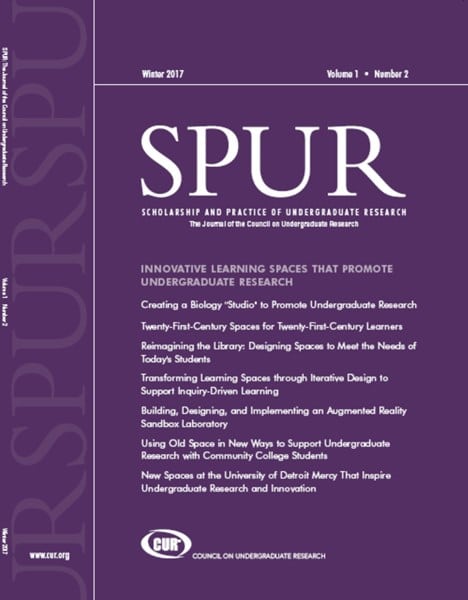SPUR (2017) 1 (2): https://doi.org/10.18833/spur/1/2/9
Libraries, long the heart of academic life, nonetheless have been perceived as a passive space for physical resources and quiet study. Changes in the dissemination of information, as well as teaching and learning methods that focus on high-impact practices, have driven library staff to reimagine the physical buildings of libraries. To meet the new needs of students, Ohio Northern University planned a full renovation of the first floor of its undergraduate library. Current space and space usage was analyzed, considering how collaborative learning and undergraduate research might be conducted in renovated spaces. Ethnographic studies such as observations, focus groups, and surveys were used to learn how students studied and how they used the space. Assessments completed after renovation revealed that the new space appealed to students and reflected improvement as studying and learning spaces, but further studies are needed.
More Articles in this Issue
No posts found


